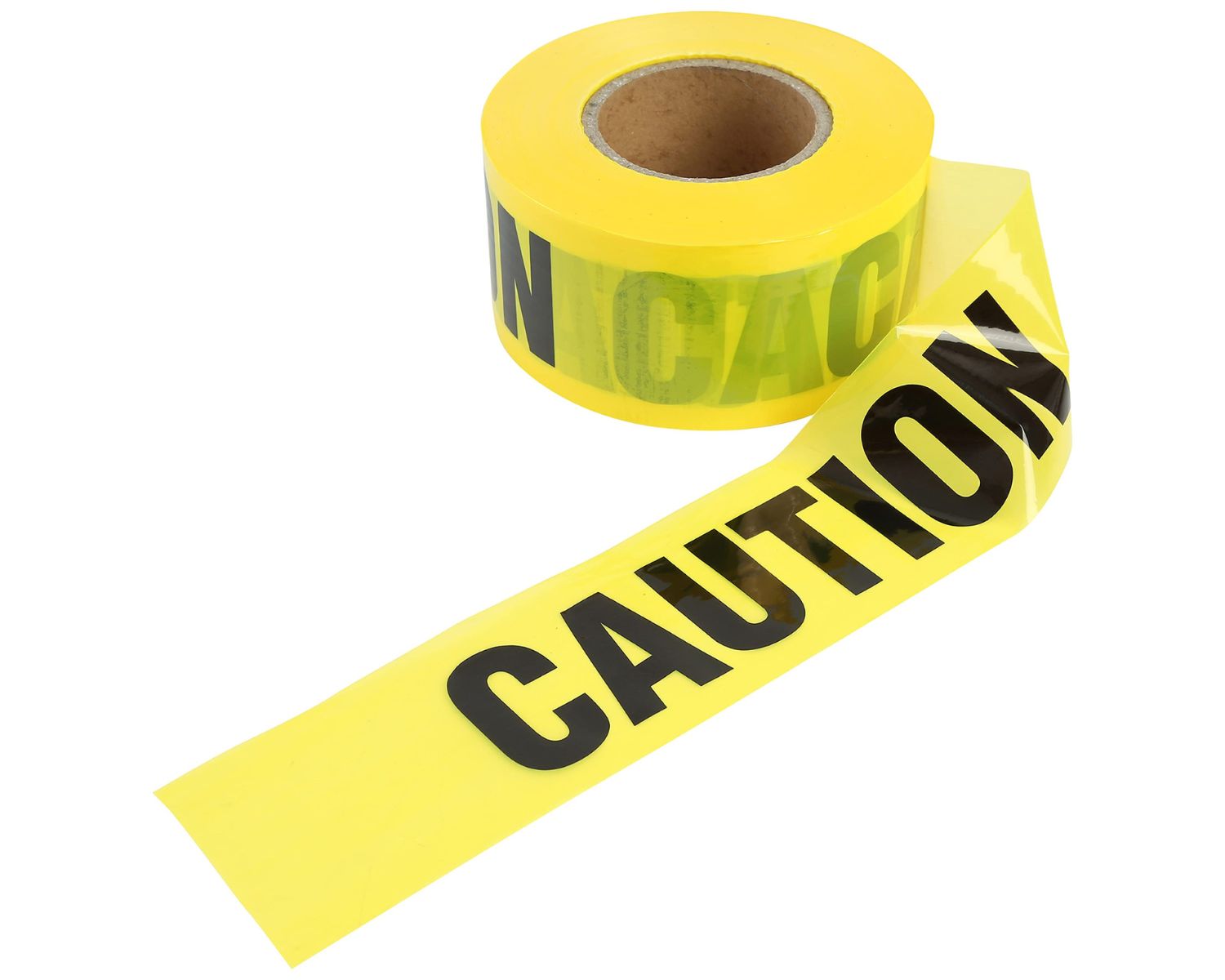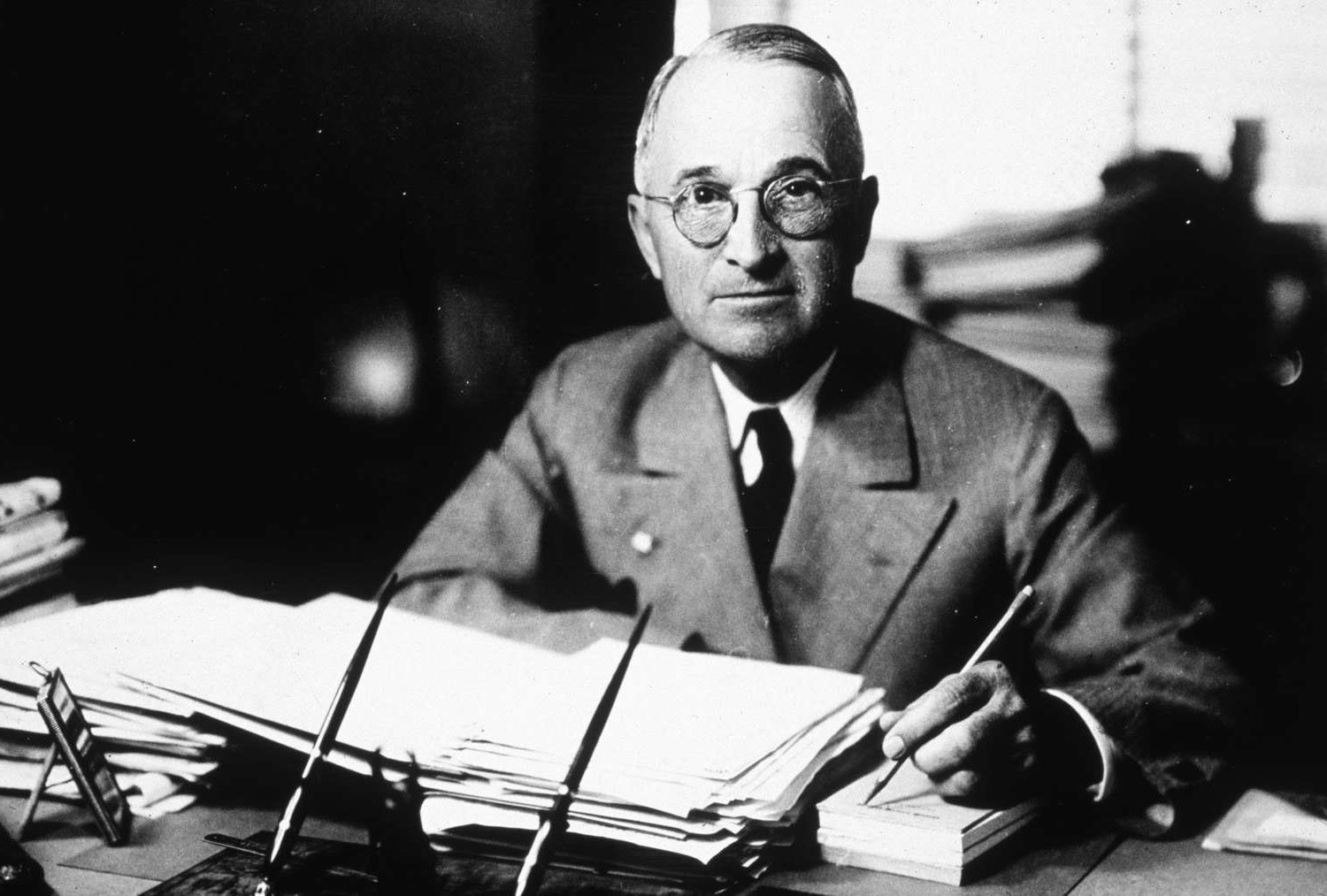
Caution tape, with its striking yellow and black stripes, is a familiar sight in various scenarios. Whether it’s used to cordon off dangerous areas, mark construction zones, or indicate a crime scene, caution tape plays an essential role in communicating hazards and maintaining public safety.
But there’s much more to caution tape than meets the eye. In this article, we delve into the captivating world of caution tape and uncover 13 intriguing facts that you may not be aware of. From its historical origins to its modern-day applications, these facts will shed light on the significance and importance of caution tape in different industries.
So, buckle up and get ready to discover some surprising insights about one of the most recognizable safety tools out there. Whether you’re a curious individual or a safety professional looking to expand your knowledge, these fascinating facts about caution tape are sure to pique your interest.
Key Takeaways:
- Caution tape, also known as barricade tape, is a brightly colored and durable tool used to mark hazardous areas and create temporary boundaries, promoting safety in various industries and scenarios.
- With its vibrant colors, clear warnings, and affordability, caution tape serves as a universal symbol of potential danger, reminding people to exercise caution and stay alert in construction sites, crime scenes, and crowd control situations.
Caution tape is also known as barricade tape.
Caution tape, commonly seen at construction sites and accident-prone areas, is often referred to as barricade tape due to its use in creating temporary barriers and cordoning off hazardous areas.
The color of caution tape is usually bright yellow or orange.
Caution tape is designed to catch people’s attention and warn them of potential dangers. The vibrant colors, such as bright yellow or orange, enhance its visibility, even from a distance.
It is made from durable and weather-resistant materials.
To withstand various environmental conditions, caution tape is typically made from durable materials like polyethylene or polypropylene. This ensures that it remains intact and visible, even in heavy rain or strong winds.
Caution tape is available in different widths.
Depending on the specific needs of a situation, caution tape comes in various widths. This allows for flexibility in terms of the area that needs to be marked or cordoned off.
The caution tape is often printed with warning messages or symbols.
To provide clearer instructions and warnings, caution tape is frequently printed with warning messages or symbols. This helps to convey the nature of the potential hazards and the precautions that need to be taken.
It is commonly used in construction and renovation projects.
Caution tape plays a crucial role in construction and renovation sites by demarcating areas that are under construction or may pose a risk to workers or passersby. It helps in promoting safety and preventing accidents.
Caution tape is also used for crowd control.
In large events or gatherings, caution tape is often utilized for crowd control purposes. It helps in directing foot traffic and maintaining order among the attendees.
It is an essential tool for emergency responders.
Emergency responders, such as firefighters and paramedics, use caution tape to create boundaries around accident sites or hazardous areas. This helps to ensure their safety and prevent unauthorized access.
Caution tape is frequently used by law enforcement agencies.
Law enforcement agencies utilize caution tape in crime scenes or accident investigations. It helps in securing the area and preserving the integrity of the evidence.
The caution tape has various international safety standards.
Caution tape adheres to specific safety standards set by different countries and international organizations. These standards ensure its visibility, strength, and compliance with safety regulations.
It is widely recognized as a symbol of potential danger.
The bright colors and clear warnings associated with caution tape have made it universally recognized as a symbol of potential danger. Its presence serves as a visual cue for people to exercise caution and be alert.
Caution tape is cost-effective and easy to use.
One of the advantages of caution tape is its affordability and ease of use. It can be easily deployed and removed, making it a simple yet effective tool for marking hazards.
The caution tape industry is constantly evolving.
With advancements in technology and safety standards, the caution tape industry continues to evolve. New materials and printing techniques are being introduced to enhance visibility and durability.
Caution tape plays a vital role in promoting safety and preventing accidents in various industries and scenarios. Its bright colors, clear warnings, and durability make it an effective tool for marking hazardous areas and creating temporary boundaries. Whether it’s used at construction sites, crime scenes, or crowd control situations, caution tape serves as a visible reminder to exercise caution and stay alert. The 13 captivating facts about caution tape highlight its significance, versatility, and continued evolution in maintaining safety and minimizing risks.
Conclusion
In conclusion, caution tape may seem like a simple and mundane tool, but it holds fascinating facts that are worth exploring. From its origins in crime scene investigation to its use in various industries and even creative ventures, caution tape has a significant impact on our daily lives. Its bright colors and bold warning messages serve as a visual reminder to exercise caution and remain vigilant in potentially dangerous situations. So the next time you come across caution tape, take a moment to appreciate its significance and the crucial role it plays in keeping us safe.
FAQs
Q: How is caution tape used in crime scene investigation?
A: Caution tape is used by law enforcement agencies to cordon off crime scenes. It helps create a secure perimeter and prevent unauthorized access, ensuring that crucial evidence is preserved.
Q: Can caution tape be used for non-emergency purposes?
A: Absolutely! Caution tape is commonly used in construction sites, road work, and other areas where hazards exist. It serves as a warning to workers and the general public to be cautious and stay away from potential dangers.
Q: Does caution tape have any significance in creative projects?
A: Yes, caution tape is often used by artists and designers as a form of visual expression. It can be seen in exhibits, installations, and even fashion shows, serving as a symbol of caution and drawing attention to certain areas or concepts.
Q: Is caution tape universally recognized?
A: While caution tape follows certain guidelines and standards, its meanings may vary based on cultural contexts. However, the use of bright colors and clear warning messages generally make caution tape recognizable and easy to understand across different regions.
Q: Can caution tape be recycled?
A: Yes, caution tape can be recycled depending on its material composition. It is important to check with local recycling facilities to determine the appropriate disposal methods for caution tape.
Was this page helpful?
Our commitment to delivering trustworthy and engaging content is at the heart of what we do. Each fact on our site is contributed by real users like you, bringing a wealth of diverse insights and information. To ensure the highest standards of accuracy and reliability, our dedicated editors meticulously review each submission. This process guarantees that the facts we share are not only fascinating but also credible. Trust in our commitment to quality and authenticity as you explore and learn with us.


